#Louis Le Prince
Video
youtube
Roundhay Garden Scene (1888) Louis Le Prince
Roudhay Garden Scene is the second film made by French inventor Luis Aimé Augustin Le Prince, who had developed a camera capable of filming at a speed of 12 frames per second. This is the second known film document. The first was shot by Le Prince himself, but was lost.
This scene lasting just two seconds was shot on October 14, 1888 in the garden of Le Prince House in Leeds. The four characters we see are members of Le Price's family, his son Adolphe, his parents-in-law Joseph and Sarah Whitley, and Annie Hartley, probably a friend of his wife Elizabeth.
2 notes
·
View notes
Photo

Here’s a weird one. I’ve known for awhile that Le Prince made a test film before “Roundhay Garden Scene” (1888) but somehow had missed the fact that Rawlence had included stills of that test footage in his book The Missing Picture.
Still a crime against cinema that no one has bothered to re-photograph or re-scan the originals to make decent copies of the medium’s birth, but here are 8 of the surviving images, here animated for maybe the first time since the 1890s. Does this mean this is now the oldest film?
4 notes
·
View notes
Text

0 notes
Text
louis le prince you deserve better
1 note
·
View note
Text
Hollywood might not be today! Lost on a train journey, changed the course of history...
Hollywood might not be today! Lost on a train journey, changed the course of history…
The name Louis Le Prince means almost nothing to any of us today, but this French inventor who lived in the 1800s actually has a very important place in the history of art and entertainment. Here are the unexpected developments behind the scenes of a mysterious death…
The calendars showed September 1890. Frenchman Louis Le Prince’s train from Dijon was on its way to Paris. Le Prince, a former…
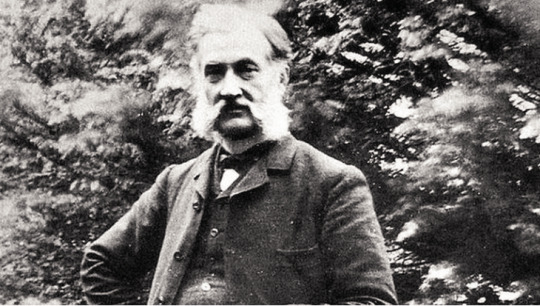
View On WordPress
0 notes
Text

Now with season 2 in tow, all this is about to be called bollocks (aka tampered memory) I am tempted to ask, what yall think of those two bite marks on Louis's chest? Inverted marks, not possible unless done by a crocodile, let alone Lestat. All we saw him punching and throwing him around, how did the chest biting even happen?
#gay#gaylove#louis de pointe du lac#lestat de lioncourt#tv shows#vampire chronicles#iwtv loustat#amc interview with the vampire#amcplus#interview with the vampire#sam reid#jacob anderson#jam reiderson#loustat#amc lestat#les#prince lestat#lestat x louis#amc louis#iwtv louis#louis update#iwtvedit#iwtv fanart#iwtv#iwtv season 2#amc iwtv#iwtv s2#iwtv 2022#iwtv amc#vampire chronicle
22 notes
·
View notes
Text

[Shane: They’re called ents.]
#bfu#buzzfeed unsolved#out of context#bfu shane#shane madej#the historic disappearance of louis le prince
108 notes
·
View notes
Text
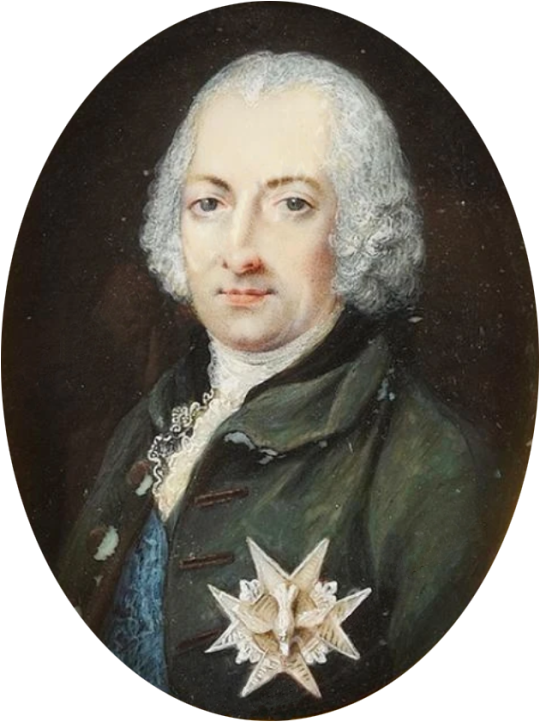
Louis-François I of Bourbon, Prince of Conti. Attributed to Jean-Baptiste Joseph le Tellier.
#Jean-Baptiste Joseph le Tellier#royaume de france#maison de bourbon#bourbon conti#Louis François I of Bourbon#prince de conti
3 notes
·
View notes
Text
new mutuals another fun film fact is that I have beef with thomas edison and I will personally fistfight him when I inevitably pass. I hate him so much
9 notes
·
View notes
Text
Condé vs Mazarin: power and legitimacy.
By April 1649 Mazarin had survived the biggest challenge so far to his ministerial rule. A political revolt had briefly united popular unrest with the discontents of the bourgeoisie, the most senior judicial officers, and a large group of the court aristocracy. A combination of military threats and wide-ranging concessions had apparently calmed the situation; most significantly perhaps for Mazarin’s future calculations, it had demonstrated that his opponents would find it extremely difficult to militarize their opposition in any effective way. But relief was premature. For Mazarin’s new problem was that the military support he had drawn upon in early 1649 had cost him his previous near-monopoly over power and influence. Condé’s blockade of Paris had set him, as the defender of absolute royal authority —and thereby Mazarin’s ministry— directly against his own relatives and much of the great nobility. Hitherto idolized as the young military hero, he was now execrated by all those who had regarded the uprisings since August 1648 as a justified attempt to overthrow ministerial tyranny. Setting aside his personal ambitions, it was essential to his reputation that he should demonstrate as publicly and as vigorously as possible that he was no lackey of the first minister, and that his actions had been on behalf of the crown, not Mazarin.
Who then was Louis II de Bourbon-Condé, who was to become Mazarin’s nemesis for a decade from 1649? The duc d’Enghien, as he was titled until his father’s death in 1646, was no stranger to the realities of ministerial power. His father, Henri II, had rebuilt the material and political fortunes of the cadet branch of the Bourbon family on the basis of a close alliance with cardinal Richelieu after 1626. Henri de Condé provided Richelieu and his regime with the legitimizing support of a prince of the blood, and Condé in return benefited from a spectacular flow of political and territorial rewards. The benefits of the alliance were so great that he was ultimately cajoled into marrying his son, Louis II, to Richelieu’s niece, Claire-Clémence de Maillé-Brézé. The marriage, celebrated at the Palais Cardinal on 9 February 1641, was a spectacular mésalliance for the duc d’Enghien, wished upon him by his father’s ambitions. Enghien, who until 1638 had stood only three lives from the throne, shared with his father an authoritarian ideology of an absolute monarchy mediated only by the king’s ‘natural advisors’, the princes of the blood. But the association with Richelieu and his family brought him into a close, stakeholder’s connection with the ministerial regime. Through this channel would flow the financial opportunities, patronage, and influence that had been enjoyed by his father over and above what would have been his as a prince of the royal blood.
Enghien would have been an important figure in the politics of the 1640s, just as his father had been in the previous decade. But the decision in 1643 to grant him the overall command of the army operating on the north-eastern frontier was not just a reflection of his status and political connections, but a remarkable act of confidence in a young man of twenty-three with no previous experience of overall military command. Enghien was surrounded by experienced lieutenants —most notably Jean, comte de Gassion— yet much would still depend on his untested ability to demonstrate qualities of leadership and decision-making. The French army faced a Spanish invasion, poised to take the town of Rocroi, and previous encounters in the field with the veterans of the Spanish army of Flanders had not ended well for the French. Enghien and his lieutenants took the decision to engage the Spanish army in an all-or-nothing bid to try to save Rocroi. Around 7.30 am on 19 May 1643 Enghien led a cavalry charge from the right flank of the French army which shattered the Spanish horse opposing him and left the infantry centre of the Spanish army exposed to his well-executed flanking attack. The magnitude of the victory over the best troops in the Spanish monarchy was unprecedented. The young duc d’Enghien became a legend overnight, a status that he never lost in the eyes of contemporaries.
Enghien’s successive military achievements through the 1640s in different campaign theatres were not just about heroic, charismatic leadership and calculated risk-taking. There was real tactical skill, partly learnt and partly intuitive, in his military deployments, his assessment of the strengths and weaknesses of his own and enemy positions, and, above all, his ability to exploit surprise, shock, and speed to devastating advantage. Like his great contemporary, Henri de La Tour d’Auvergne, vicomte de Turenne, he recognized the fundamental importance of keeping his troops fed and equipped, and was free with his own resources to maintain supplies. Unlike Turenne, who had the well-regarded reputation of being thrifty with the lives of his own troops, Condé was unconcerned by heavy casualties in pursuit of his strategic objectives. Yet soldiers serving under his command recognized his remarkable talent for victory. On the eve of the battle of Bléneau in April 1652, one of Condé’s lieutenants wrote of the effect of the prince’s arrival, pulling the army together through the belief, above all among the common soldiers, that he was invincible.
The charisma of a young, brilliant general extended beyond the armies: in the 1640s contemporaries noted that he was regarded with both awe and considerable fear. Madame de Motteville wrote that, even after Mazarin had arrested him, ‘the reputation of M. le Prince imposed itself on everyone, and generated a curious veneration for his person, such that sightseers would go to visit the chamber where he had been imprisoned at Vincennes’. Numerous accounts confirmed that even powerful and well-established individuals found it difficult to stand up to Condé in any face-to-face confrontation, and his anger had an unpredictable character that few wished to test. The legend gained further weight from the fictional, centre-stage representation of Condé in Madeleine de Scudéry’s best-selling novel Le Grand Cyrus, published between 1649 and 1653.
The very particular danger Condé posed to Mazarin, or to any government which sought to control him, was the intractable nature of his own ambitions. His father had been manageable because he was rebuilding the Condé inheritance after its devastation in the sixteenth-century Wars of Religion, and was rehabilitating his own political reputation after rebellion and imprisonment. By the 1640s the Condé had become the wealthiest aristocratic family in France, and more territorial grants, positions, and financial rewards, though demanded, were no guarantee of further tractability. Moreover, a family strategy that aimed to consolidate the pre-eminence of the Condé-Bourbon over any other aristocratic family in France would lead Condé to target further desirable assets, especially lands and governorships, whose possession would challenge the hegemony of the crown in areas of the kingdom.
Yet at base the prince was more interested in power and influence at the centre of the state than in local power and quasi-monarchical status built up across the provinces. This desire for influence did not mean that he wished to take over government, to oust Mazarin or supplant the role of ministers in general. Indeed, the detailed, procedural business of government, the workings of the executive, would have been considered by Condé to be beneath his status, and appropriate to (interchangeable or dispensable) professionals of modest birth like Mazarin. What Condé wanted for himself was a decisive influence in the formulation of royal policy, the ability to oversee and, where necessary, shape decision-making without negotiation or compromise with other parties. During the regency he considered that this was his right by virtue of his blood, and by his acquired status as the military paladin of the young monarch. He would expect to maintain this privileged role of high-status advisor and intimate councillor after the king came of age, with the assumption that his voice would naturally outweigh others in royal decision-making. Despite the charges variously made against him by Mazarin and the court, all on the basis of notably scant evidence, Condé was far too deeply committed to the principle of divinely ordained absolute monarchy to wish to replace the king. Such an act of usurpation would radically challenge his own ideology, which linked his own status to a God-given hierarchy headed by the sovereign. Indeed, his hostility to both the Parisian frondeurs and to Mazarin was precisely because they sought to trespass upon what were the fundamental prerogatives of the monarchy.
In seeking to unravel Condé’s personality and his motivation, it is no less necessary to retrieve him from the condescension of posterity. Equipped with hindsight which sees the defeat of the Fronde as a triumph for ministerial government and its modernizing, state-building initiatives, Condé’s fate becomes a facile metaphor for the fate of the traditional ‘sword nobility’ as a whole. His reckless and inappropriate ambitions for political autonomy, personal glory, and immoderate reward were vanquished by the agent of state power, cardinal Mazarin. Defeated, forced into exile and into the service of Spain at the end of 1652, Condé was required to make a humiliating submission to Louis XIV in 1659 as the price of his ‘pardon’. After this he was reduced to an obedient vassal of the monarch. This supposedly parallels the traditional nobility as a whole, whose last irresponsible and doomed act of self-assertion was the Fronde. After this final defeat they were reduced to well-ordered servitude in the court and army of the Sun King, whose powerful, centralized state represented the triumph of bourgeois administrators, the heirs of Mazarin’s victory over the frondeurs. On this interpretation, Condé’s chief crime, if he is relieved of the charge of attempted usurpation, is setting up an ideal of autonomous political action and individual liberty in defiance of the ‘modern’ requirement for disciplined, collective obedience to the crown imposed by its faithful ministers. Indeed, even by the standards of the collective ideal of aristocratic liberty, it is suggested that Condé went too far in pursuit of uncompromising self-assertion, and helped to undermine the very values that he sought to uphold.
The real problem posed by Condé for Mazarin and his regime was not Condé’s uncontrolled individualism, his ‘folle liberté’, but the perception of contemporaries that he held more legitimate right to participate in the decision-making of a regency by virtue of his blood than did a ministerial appointee of the queen mother. Indeed, it is a remarkable triumph of a well-entrenched historiography that Condé’s actions are perceived as illegitimate attempts to challenge what is treated as the legitimate royal government personified in its first minister. By conflating Mazarin with the authority of the crown, the crucial dynamic of the conflict building up from 1643 and climaxing in the Fronde is misunderstood. Mazarin’s attempts to resist Condé’s claims to involvement in the political decisions of the regency did not deny the essential legitimacy of those claims. His approach most frequently relied on alarming both the queen mother and the king’s uncle, Gaston d’Orléans, that Condé would squeeze them out of the decision-making which was no less their right by family. Mazarin hardly needed to be reminded, and the mazarinades would have done the job for him, that his own position enjoyed no such legitimacy.
David Parrott- 1652- The Cardinal, the Prince, and the Crisis of the Fronde.
#xvii#david parrott#1652: the cardinal the prince and the crisis of the fronde#la fronde#cardinal mazarin#louis ii de bourbon condé#le grand condé#henri ii de bourbon condé#cardinal de richelieu#claire-clémence de maillé-brézé#jean de gassion#battle of rocroi#henri de la tour d'auvergne#turenne#battle of bléneau#madame de motteville#madeleine de scudéry#louis xiv#anne d'autriche#gaston d'orléans
3 notes
·
View notes
Photo










Felt inspired when I checked the trending page
#les mis#genshin impact#gravity falls#opera#prince louis#the office#I have nothing against any of these they're probably all very classy
1 note
·
View note
Text

Wishing His Royal Highness The Duke of Edinburgh a very happy birthday today!
On the occasion of The Duke of Edinburgh’s 60th birthday, His Majesty The King has been graciously pleased to appoint His Royal Highness to the Most Ancient and Most Noble Order of the Thistle.
The Duke joins 16 Knights and Ladies, The Queen, The Princess Royal and The Duke of Rothesay as Royal Knights of the Thistle, the highest honour in Scotland.
Photo: Chris Jelf
#His Royal Highness The Duke of Edinburgh#Prince Edward Duke of Edinburgh#born on this day#Royal Cousin#Edward Antony Richard Louis#Most Ancient and Most Noble Order of the Thistle#His Serene Highness The Count of Münnich-Reutern#His Serene Highness Prince Joshua Count of Münnich-Reutern#Son Altesse Sérénissime Monseigneur le Prince de Münnich et Reutern#Son Altesse Sérénissime le Prince de Münnich et Reutern#Son Altesse Sérénissime Prince Joshua de Münnich et Reutern#S.A.S. Prince Joshua Comte de Münnich-Reutern#S.D. Fürst Joshua Graf von Münnich-Reutern#S.D. Fürst von Münnich-Reutern#Seine Durchlaucht Graf von Münnich und Reutern#Seine Durchlaucht Fürst von Münnich und Reutern#S.A.S. Príncipe Joshua Conde de Münnich-Reutern#S.A.S. Principe Joshua Conte di Münnich-Reutern#S.A.S. Le Prince de Münnich et Reutern#Sua Altezza Serenissima il Principe Joshua Conte di Münnich e Reutern#S.A.S. il Conte di Münnich e Reutern#Hans Højhed Prins Joshua Greve af Münnich og Reutern#Hans Højhed Greve af Münnich og Reutern#Hans Høyhet Prins Joshua Greve av Münnich og Reutern#Hans Højhed Prins af Münnich og Reutern#Hans Høyhet Greve av Münnich og Reutern#граф Джошуа фон Миних-Рейтерн#граф фон Миних-Рейтерн#Reutern-Nolcken#Munnich-Reutern
1 note
·
View note
Text
Pink is for Boys
"Pink or Blue? Which is intended for boys and which for girls? This question comes from one of our readers this month, and the discussion may be of interest to others. There has been a great diversity of opinion on this subject, but the generally accepted rule is pink for the boy and blue for the girl. The reason is that pink, being a more decided and stronger color, is more suitable for the boy, while blue, which is more delicate and dainty, is prettier for the girl." ~ The Infants' Department, June 1918


[Left: The Blue Boy, oil on canvas, c. 1770, by Thomas Gainsborough.
Right: The Pink Boy, oil on canvas, c. 1782, by Thomas Gainsborough.]
Pink is for girls and blue is for boys. But it hasn't always been this way. Colour coding infants as a way of denoting gender was popular in 20th century America. The problem? Pink and blue? Which is for boys and which is for girls?
In 1927 TIME Magazine asked ten of the "leading stores that sell baby equipment" which colour was for which gender. Four stores responded pink for girls and blue for boys; Macy's (Manhattan), Franklin Simon (Manhattan), Wanamaker's (Philadelphia) and Bullock's (Los Angeles). Five stores responded pink for boys and blue for girls; Best's (Manhattan), Marshall Field's (Chicago), Filene's (Boston), Maison Blanche (New Orleans) and The White House (San Francisco). Curiously Halle's (Cleveland) responded that pink was for both boys and girls.
This debate would continue and it wasn't until mid-20th century that pink for girls and blue for boys became firmly cemented in western culture.
However the idea of colour coding infants dates back to the 19th century. According to La cour de Hollande sous le règne de Louis Bonaparte in 1808 in Holland pink was used to announce the birth of a girl and blue a boy. In March 1856 Peterson's Magazine (Philadelphia, USA) advises that the ribbon on a christening cap should be blue for a boy and pink for a girl. On the 23rd of July 1893 the New York Times writes that for baby clothes it's "pink for a boy and blue for a girl!"

[The Oddie Children, oil on canvas, c. 1789, by William Beechey, via North Carolina Museum of Art.]
During the latter half of the 18th century one of the most popular outfits for young children, regardless of gender, was a white dress with a coloured sash tied around the waist. Pink and blue being the most popular colours, although other colours were worn as well. It would be tempting to assume that the colour of the sash indicated gender but there isn't clear evidence that this was the case. The Oddie Children (above) depicts Sarah, Henry, Catherine, and Jane Oddie. The three girls are all wearing white dresses; two with a blue sash one with a pink sash. We also see Henry Russell (bellow left) wearing a blue sash and Prince William (bellow right) wearing a pink sash.
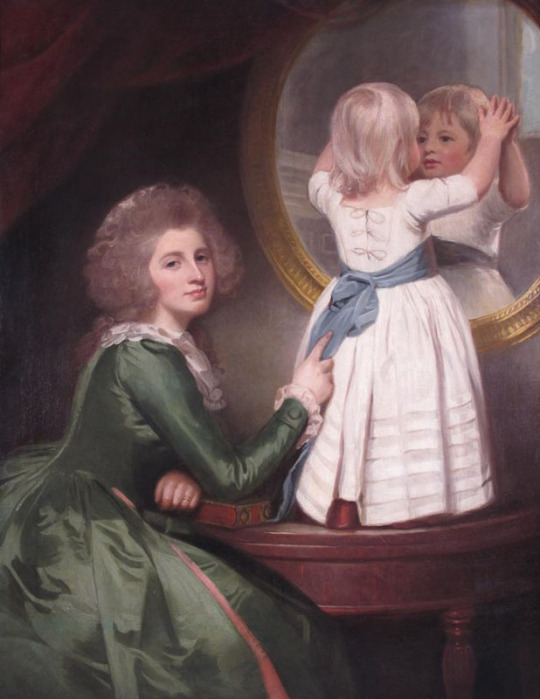
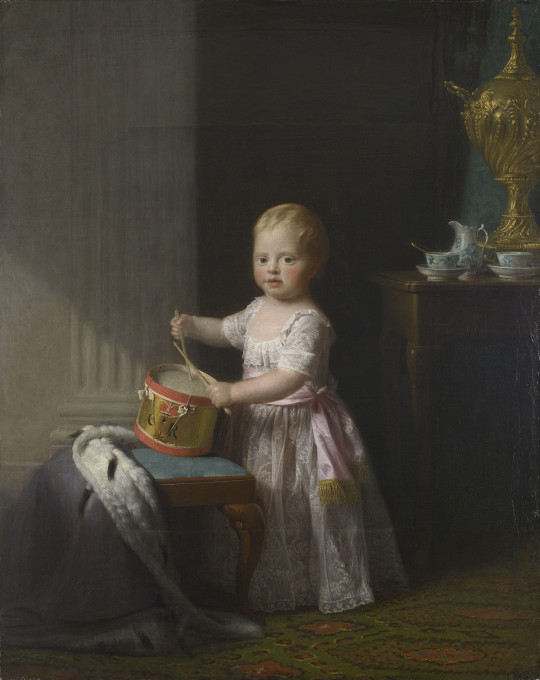
[Left: Anne Barbara Russell née Whitworth with her son Sir Henry Russell, oil on canvas, c. 1786, by George Romney, via Woolley & Wallis.
Right: Prince William, oil on canvas, c. 1767, by Allan Ramsay, via the Royal Collection Trust.]
Pink was just one of the many colours popular in 18th century English womenswear and seems to have stayed popular throughout the century. On the 3rd of January 1712 The Spectator published an article in which a man recalls seeing "a little Cluster of Women sitting together in the prettiest coloured Hoods that I ever saw. One of them was Blew, another Yellow, and another Philomot; the fourth was of a Pink Colour, and the fifth of a pale Green". On the 1st of May 1736 the Read's Weekly Journal, or British Gazetteer reports that the ladies attending the royal wedding wore gowns of "Gold stuffs, or rich Silks with Gold or Silver Flowers, or Pink or White Silks, with either Gold or Silver Netts or Trimmings;" shoes either "Pink, White or Green Silk, with Gold or Silver Lace and braid all over." On the 24th of May 1785 Charles Storer writes to Abigail Adams advising that fashionable colours in English court dress are "pink, lilac, and blue" such "as is worn at Versailles".
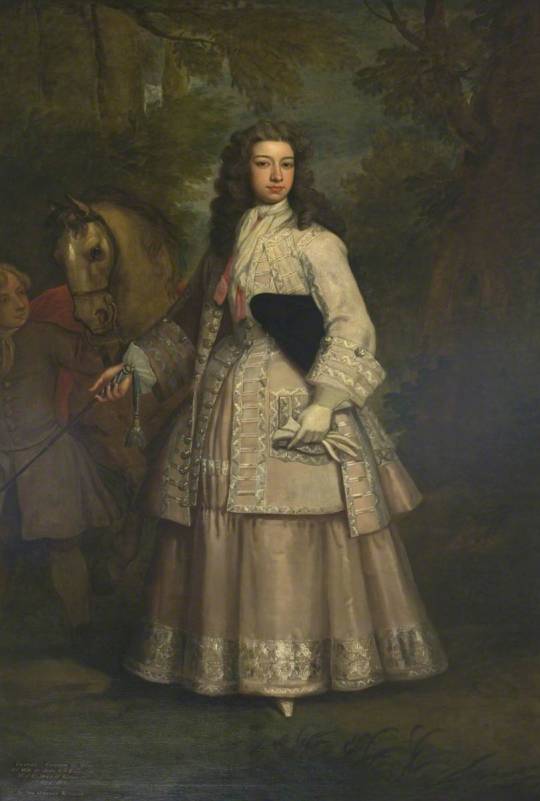
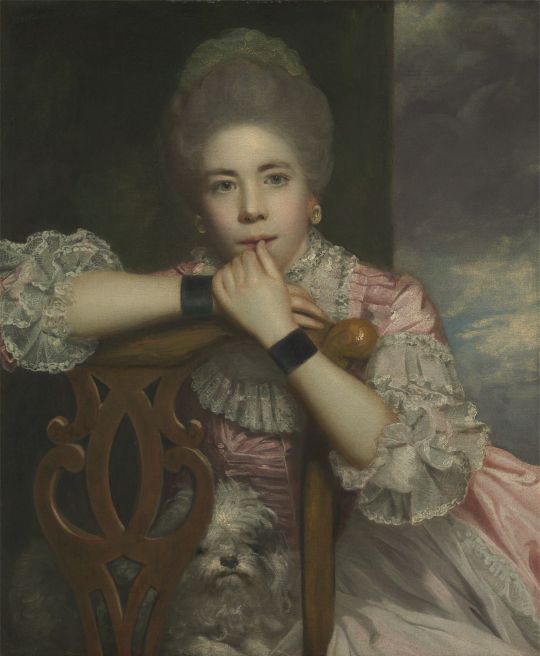
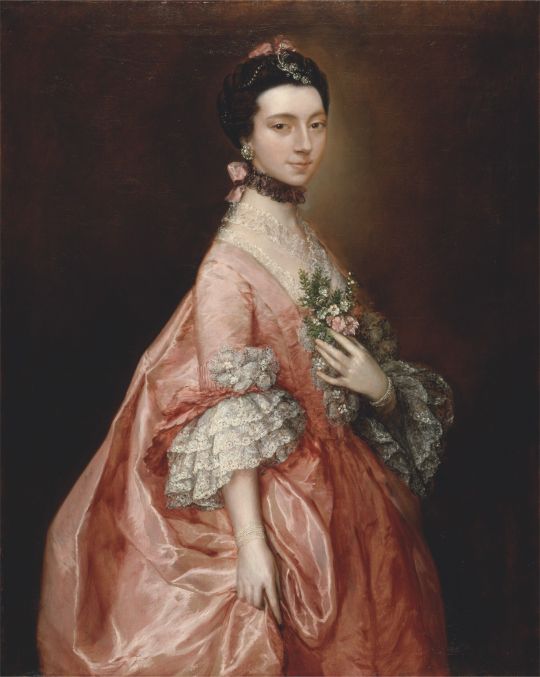
[Left: Frances, Daughter of Evelyn Pierpont, 1st Duke of Kingston, oil on canvas, c. 1700-23, by Godfrey Kneller, via Art UK.
Middle: Mrs. Abington as Miss Prue in "Love for Love" by William Congreve, oil on canvas, c. 1771, by Sir Joshua Reynolds, via Yale Center for British Art.
Right: Mary Little, later Lady Carr, oil on canvas, c. 1765, by Thomas Gainsborough, via Yale Center for British Art.]
In particular pink was popular amongst young women as the colour was associated with youth. Older women who wore pink were mocked as vain for dressing in a way that was seen as improper for their age. On the 31st of January 1754 Lady Jane Coke writes to Mrs. Eyre criticising old women who wear pink:
As for fashions in dress, which you sometimes inquire after, they are too various to describe. One thing is new, which is, there is not such a thing as a decent old woman left, everybody curls their hair, shews their neck, and wears pink, but your humble servant. People who have covered their heads for forty years now leave off their caps and think it becomes them, in short we try to out-do our patterns, the French, in every ridiculous vanity.
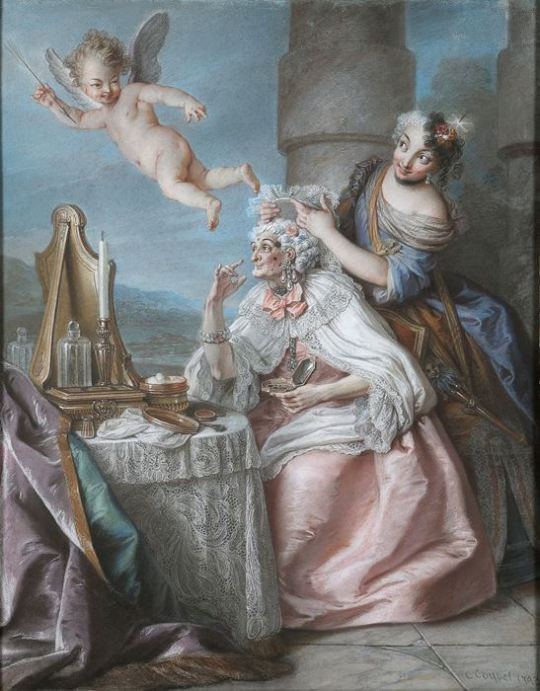
[Folly Embellishing Old Age With the Adornments of Youth, oil on canvas, c. 1743, by Charles-Antoine Coypel, via Master Art.]
For Englishmen acceptable clothing way much more limited. In A Foreign View of England in the Reigns of George I & George II Monsieur César de Saussure writes that Englishmen "do not trouble themselves about dress, but leave that to their womenfolk". He explains:
Englishmen are usually very plainly dressed, they scarcely ever wear gold on their clothes; they wear little coats called "frocks," without facings and without pleats, with a short cape above. Almost all wear small, round wigs, plain hats, and carry canes in their hands, but no swords. Their cloth and linen are of the best and finest. You will see rich merchants and gentlemen thus dressed, and sometimes even noblemen of high rank, especially in the morning, walking through the filthy and muddy streets.
César de Saussure warns that "a well-dressed person in the streets, especially if he is wearing a braided coat, a plume in his hat, or his hair tied in a bow, he will, without doubt, be called "French dog" twenty times perhaps before he reaches his destination" and is not only at risk of "being jeered at" but also "being bespattered with mud, but as likely as not dead dogs and cats will be thrown at him."
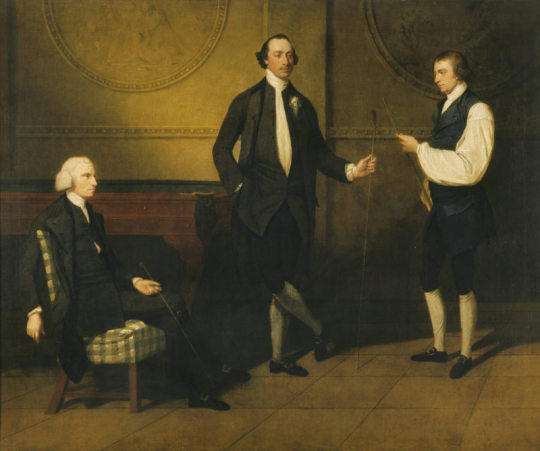
[Reverend Charles Everard Booth, Captain Griffith Booth, and an Unidentified Man playing Billiards, oil on canvas, c. 1775-9, by John Hamilton Mortimer, via the Royal Collection Trust.]
For Englishmen dressing "plainly" mostly meant wearing blacks and browns. In his book on macaroni, Pretty Gentleman, Peter McNeil found that in contrast most English menswear that he describes as generally consisting of "monochrome broadcloth" macaroni wore a variety of colours including green, orange, yellow, violet, red, white, blue, gold, silver and of course pink.
But it's not just the macaroni of the 1770s & 1780s that wore pink. We see pink in descriptions of feminine men's dress (both real and fictional) throughout the 18th century.
On the 2nd of June 1722 Sarah Osborn writes to Robert Byng:
I believe the gentlemen will wear petticoats very soon, for many of their coats were like our mantuas. Lord Essex had a silver tissue coat, and pink color lutestring waistcoat, and several had pink color and pale blue paduasoy coats, which looked prodigiously effeminate.
On the 18th of October 1729 the Universal Spectator and Weekly Journal published a story where an "effeminate" man's clothes were described as follows:
He had a flower'd pink-colour Silk Coat, with a Green-Sattin Waistcoat lac'd with Silver. Velvet Breeches, Clock'd Stockings the Colour of his Coat, Red-heel'd Pumps, a Blue Ribbon at the Collar of his Shirt, and his Sword-Hilt he embrac'd under the Elbow of his Left Arm,

[Sir Miles Stapylton, 4th Bt of Myton, oil on canvas, c. 1730-35, via Art UK.]
In The Adventures of Roderick Random (1748) the effeminate (and queer coded) Captain Whiffle is described as follows:
our new commander came on board in a ten-oared barge, overshadowed with a vast umbrella, and appeared in everything the reverse of Oakum, being a tall, thin young man, dressed in this manner: a white hat, garnished with a red feather, adorned his head, from whence his hair flowed upon his shoulders, in ringlets tied behind with a ribbon. His coat, consisting of pink-coloured silk, lined with white, by the elegance of the cut retired backward, as it were, to discover a white satin waistcoat embroidered with gold, unbuttoned at the upper part to display a brooch set with garnets, that glittered in the breast of his shirt, which was of the finest cambric, edged with right Mechlin: the knees of his crimson velvet breeches scarce descended so low as to meet his silk stockings, which rose without spot or wrinkle on his meagre legs, from shoes of blue Meroquin, studded with diamond buckles that flamed forth rivals to the sun! A steel-hilted sword, inlaid with gold, and decked with a knot of ribbon which fell down in a rich tassel, equipped his side; and an amber-headed cane hung dangling from his wrist. But the most remarkable parts of his furniture were, a mask on his face, and white gloves on his hands, which did not seem to be put on with an intention to be pulled off occasionally, but were fixed with a curious ring on the little finger of each hand.

[Henry Ingram, 7th Viscount Irwin and His Wife Anne, oil on canvas, c. 1745, by Philippe Mercier, via Art UK.]
On the 28th of July 1780 the London Courant reports:
A few days ago, a Macaroni made his appearance in the Assembly-room at Whitehaven, in the Following dress: a mixed silk coat, pink sattin waistcoat and breeches, covered with an elegant silver nett, white silk stockings with pink clocks, pink sattin shoes and large pearl buckles, a mushroom coloured stock, covered with a fine point lace; his hair dressed remarkably high, and stuck full of pearl pins.
On the 6th of August 1792 The Weekly Entertainer published Sketches and Portraits form the Life by Simon Tueopnrastus which included the following description:
Mercator was a youth of some genius and expectation, but by a strange perverseness of disposition, notwithstanding the extreme natural stiffness of his limbs, he had acquired an early attachment to the most finical and effeminate finery; so that, while yet a boy, he would exhaust every expedient of a fertile invention to procure a laced waistcoat, or the most foppish toy; would dangle a watch-string, with brass seals, from each fob, at a time when the frugal care of his parents would not permit him to wear a watch in either; and would strut in a fine pair of second-hand pink silk breeches, and a light blue coat, with all the formal dignity of—a soldier upon the parade.


[Left: Thomas King in "The Clandestine Marriage", oil on canvas, c. 1792, by Samuel De Wilde, via Yale Center for British Art.
Right: Edward Payne, oil on canvas, by Arthur Devis, via Art UK.]
While pink is mentioned in these descriptions of feminine men's dress it's not singled out as the girl colour the way pink would become in the 20th century. I would argue pink is seen as effeminate not because pink is a uniquely feminine colour but because it was used in fashionable dress. In 18th century England being interested in fashion was seen as an frivolous female trait. Men who showed too much interest in fashion were mocked and ridiculed for their gender nonconformity. "A Man must sink below the Dignity of his Nature, before he can suffer his Thoughts to be taken up on so trivial an Affair, as the Chosing, Suiting, and Adjusting the Adornments of his Person," complains a letter published on the 8th of May 1731 in Read's Weekly Journal, or British Gazetteer:
Decency of Garb ought inviolably to be preserved; nor can there be possibly an Excuse for Dressing like a Merry-Andrew: Rich and coloured Silks are in themselves effeminate, and unbecoming a Man; as are, in short, all Things that discover Dress to have been his Study 'Tis in vain for a Fop of Quality, to think his Title will protect him.


[Left: Madame de Pompadour (detail), oil on canvas, c. 1756, by François Boucher, via Alte Pinakothek.
Right: Elizabeth Wrottesley, later Duchess of Grafton, oil on canvas, c. 1764-5, by Thomas Gainsborough, via National Gallery of Victoria.]
English fashion was highly influenced by French fashion. A popular colour scheme in French fashion was green and pink. A famous example of this colour pairing can be seen in François Boucher's portrait of Madame de Pompadour (above left), she is depicted in a green gown with pink bows and flowers. You can see and example of how this style inspired English fashion in Thomas Gainsborough's portrait of Elizabeth Wrottesley (above right), who is depicted in a green gown with a floral pattern adorned with pink, white and green striped bows.
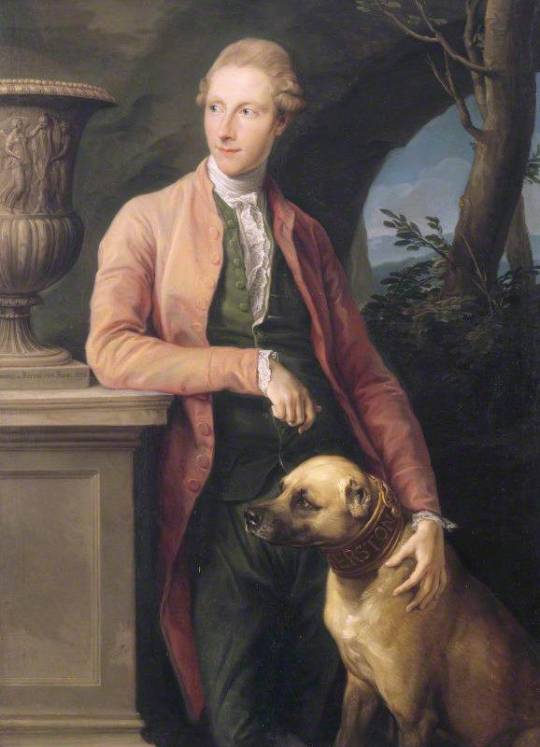
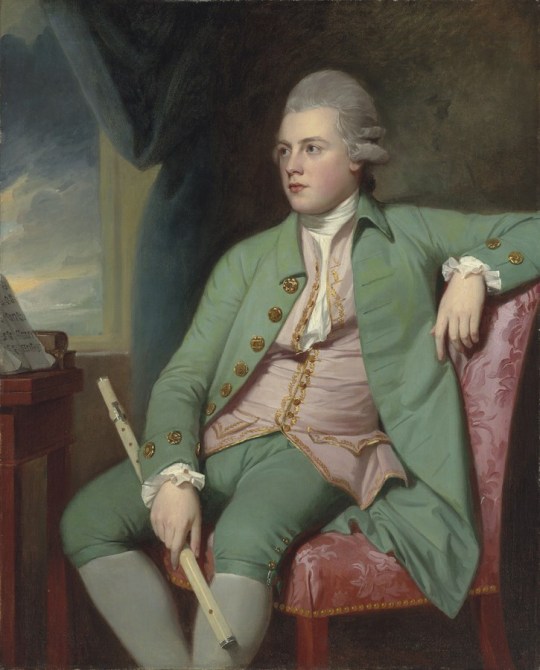
[Left: Sir Harry Fetherstonhaugh, oil on canvas, c. 1776, by Pompeo Batoni, via Wikimedia.
Right: Francis Lind, oil on canvas, c. 1775, by George Romney, via Mackinnon Fine Art.]
Fashionable Englishmen were also inspired by these French designs. Horace Walpole refers to the popularity of the colour combination writing to Lady Ossory on the 19th of February 1774 "If I went to Almack's and decked out my wrinkles in pink and green like Lord Harrington, I might still be in vogue". Almack's is referring to Almack's Assembly Rooms on Pall Mall which is believed to be the inspiration for the Macaroni Club. (see Pretty Gentleman by Petter McNeil p52-55) In a letter to Lord Harcourt on the 27th of July 1773 Walpole writes of "Macaronis lolling out of windows at Almack's like carpets to be dusted."
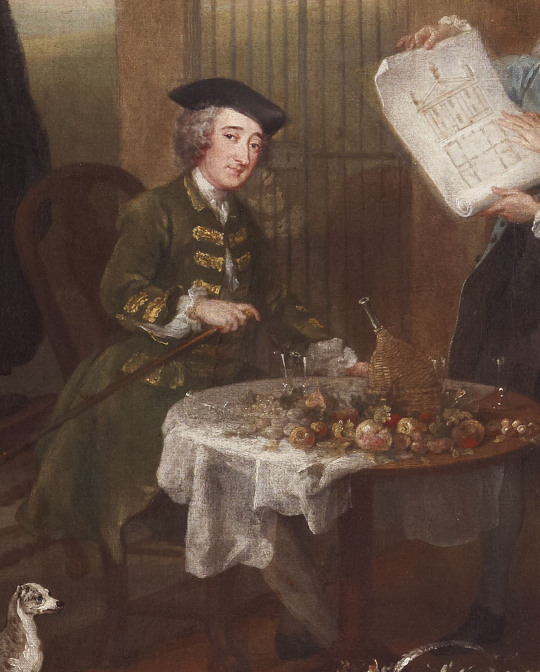

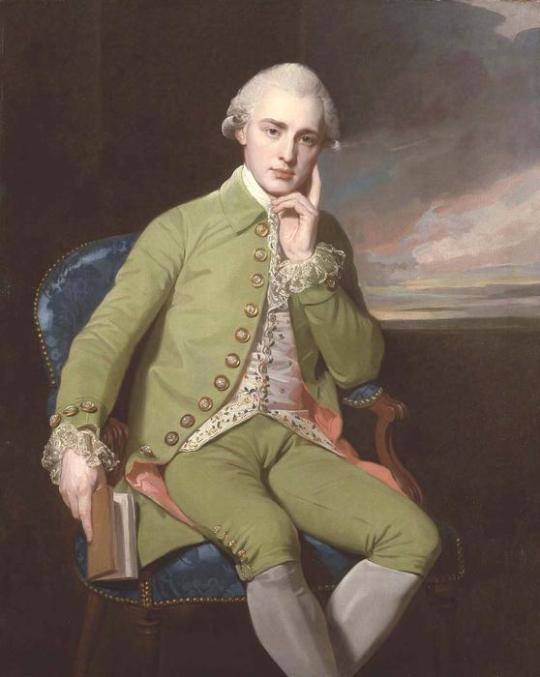
[Left: Detail of Stephen Fox from The Hervey Conversation Piece, oil on canvas, c. 1738-40, by William Hogarth, via Fairfax House.
Middle: Sir William Jones, oil on canvas, c. 1769, by Francis Cotes, via Art UK.
Right: Portrait of a Gentleman, oil on canvas, by George Romney.]
Men who wore green seem to have been just as much, if not more, at risk of being ridiculed, or even assaulted, for the colour of their clothes as those who wore pink. In Pierre Jean Grosley's A Tour to London (originally published 1772) he recalls traveling with a young English surgeon who was harassed by Londoners due to his green French frock coat:
At the first visit which he paid me in London, he informed me, that, a few days after his arrival, happening to take a walk thro' the fields on the Surry side of the Thames, dressed in a little green frock, which he had brought from Paris, he was attacked by three of those gentlemen of the mobility, who, taking him for a Frenchman, not only abused him with the foulest language, but gave him two or three slaps on the face: "Luckily, added he in French, I did not return their ill language; for, if I had, they would certainly have thrown me into the Thames, as they assured me they would, as soon as they perceived I was an Englishman, if I ever happened to come in their way again, in my Paris dress."
230 notes
·
View notes
Text
i learned that King Edward VII had a special chair made for... Well, for his free time.
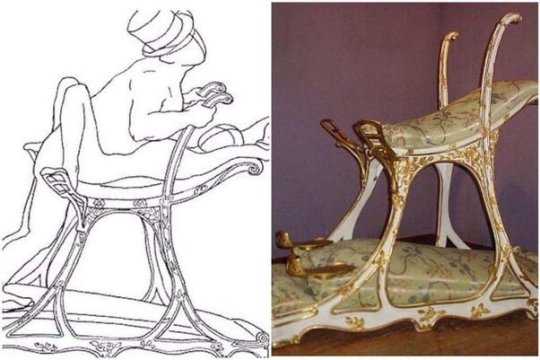
When Edward VII was still a young prince devoid of any responsibility for the crown, he travelled far from the British capital in search of leisure and pleasure. On one of his visits to Paris, he approached Le Chabanais, one of the best-known brothels in Paris. It was located relatively close to the Louvre Museum.
Edward VII was assigned his own room whenever he frequented the brothel. The prince's main problem was his overweight. To overcome the physical impediment, the cabinetmaker Louis Soubrier made what he called "the chair of love".
The chair was made in such a way that the future king could act without getting too tired. Also, the shape of the chair suggests that it was made so that the man could lie with two women at once.
266 notes
·
View notes
Text
Louis narrating himself: a dark fuck prince pursued unrelentingly by Lestat, manic pixie dream girl who had a way about him, cruel and loving in equal measure. Louis is harsh towards the outside world but always soft and loving towards his mother and siblings, who nonetheless grow suspicious of him because of his nocturnal habits, inability to make commitments, and other vampiric-related consequences outside of his control.
Claudia narrating Louis: Daddy Lou had a funny way of being nice to Uncle Les. I missed you. I hated sleeping without you. What’s love like between two men? It’s like love, he says, face scrunching into a private smile. It’s funny when they fight in French. He threatens his sister in one breath and smothers his daughter with overprotection in the next. His mortal nieces and nephew are no longer a part of his world. He relinquishes his childhood home to the sneers of his sister and brother in law, and embroils himself no longer in mortal affairs.
#interview with the vampire#iwtv#louis de pointe du lac#jacob anderson#loustat#just some observations about the pov change#idk#cj talks
802 notes
·
View notes
Text

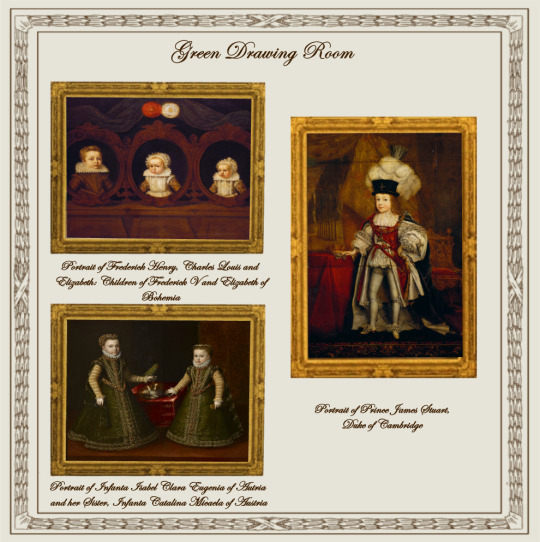
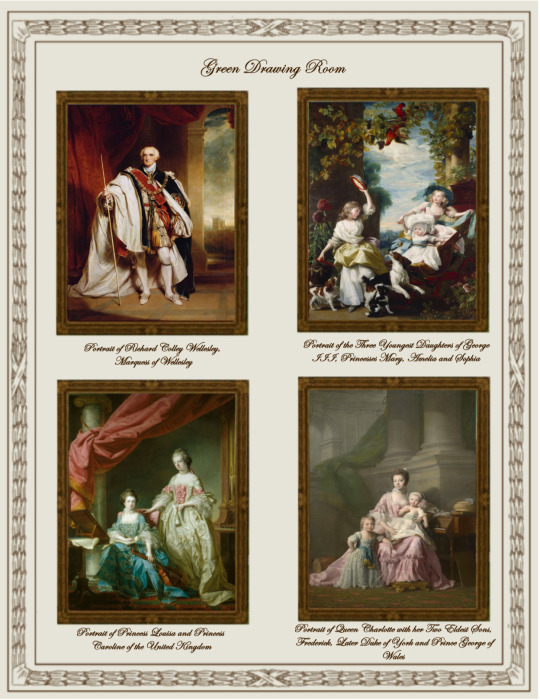
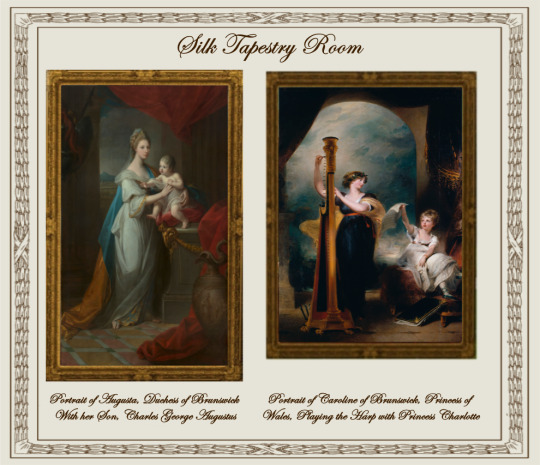
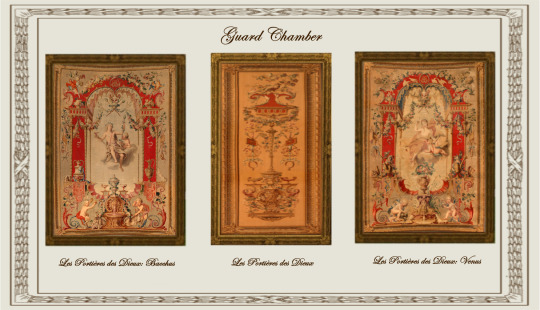

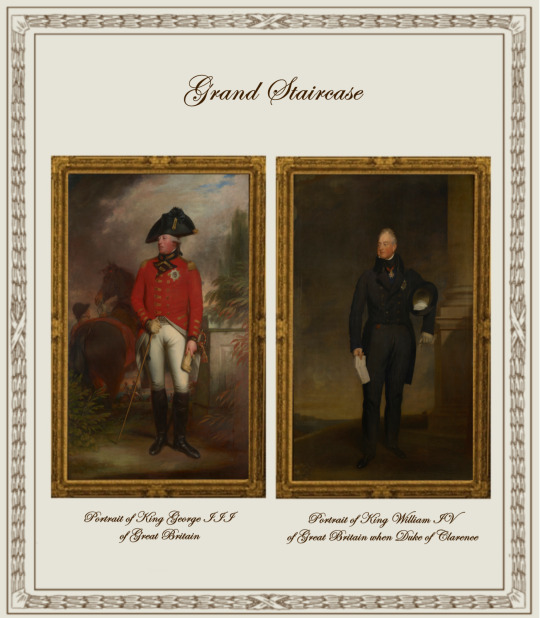
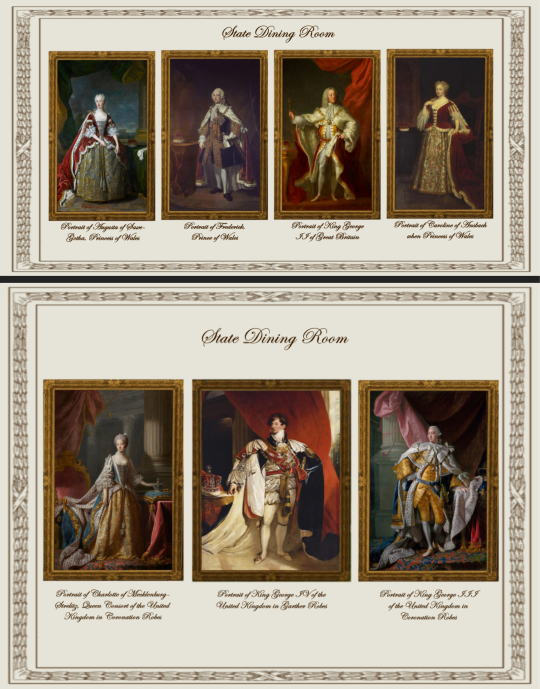
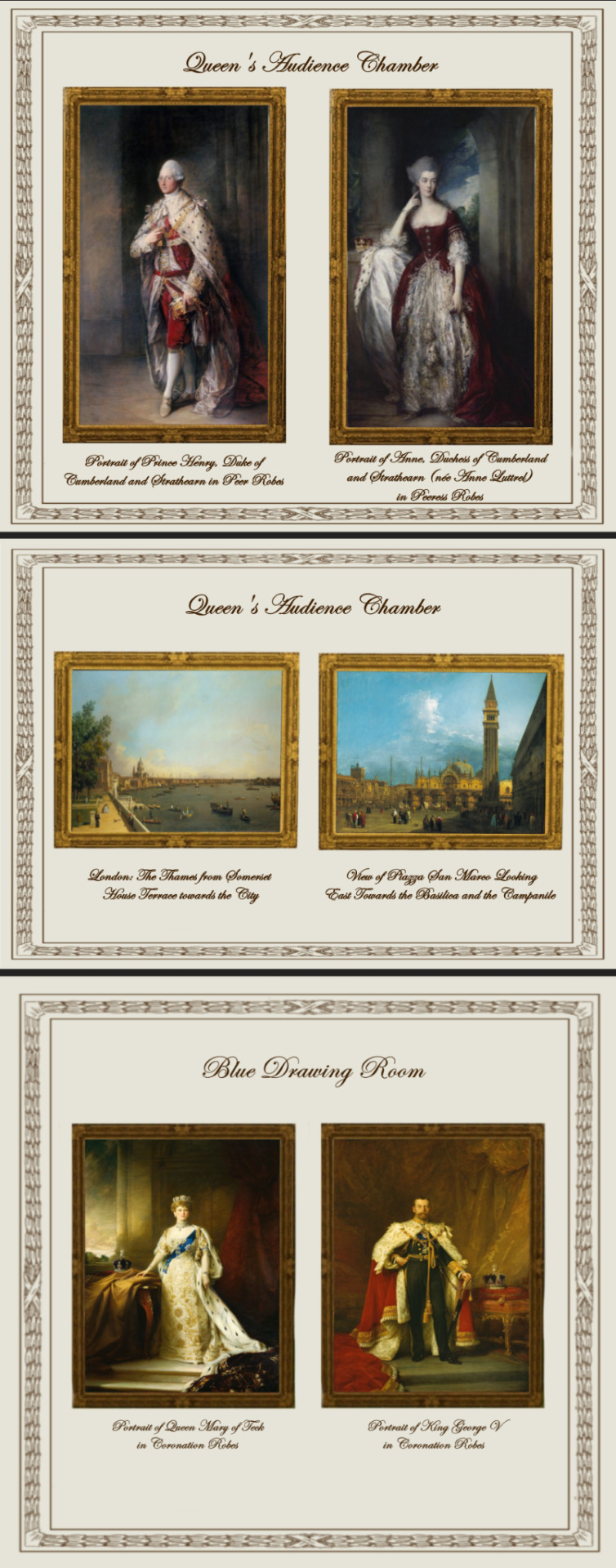
Paintings from Buckingham Palace: part I
A retexture by La Comtesse Zouboff — Original Mesh by @thejim07
100 followers gift!
First of all, I would like to thank you all for this amazing year! It's been a pleasure meeting you all and I'm beyond thankful for your support.
Spread among 13 occupied and historic royal residences in the United Kingdom, the collection is owned by King Charles III and overseen by the Royal Collection Trust. The British monarch owns some of the collection in right of the Crown and some as a private individual. It is made up of over one million objects, including 7,000 paintings, over 150,000 works on paper, this including 30,000 watercolours and drawings, and about 450,000 photographs, as well as around 700,000 works of art, including tapestries, furniture, ceramics, textiles, carriages, weapons, armour, jewellery, clocks, musical instruments, tableware, plants, manuscripts, books, and sculptures.
Some of the buildings which house the collection, such as Hampton Court Palace, are open to the public and not lived in by the Royal Family, whilst others, such as Windsor Castle, Kensington Palace and the most remarkable of them, Buckingham Palace are both residences and open to the public.
About 3,000 objects are on loan to museums throughout the world, and many others are lent on a temporary basis to exhibitions.
-------------------------------------------------------
This first part includes the paintings displayed in the White Drawing Room, the Green Drawing Room, the Silk Tapestry Room, the Guard Chamber, the Grand Staircase, the State Dining Room, the Queen's Audience Room and the Blue Drawing Room,
This set contains 37 paintings and tapestries with the original frame swatches, fully recolourable. They are:
White Drawing Room (WDR):
Portrait of François Salignan de la Mothe-Fénelon, Archbishop of Cambrai (Joseph Vivien)
Portrait of a Lady (Sir Peter Lely)
Portrait of a Man in Armour with a red scarf (Anthony van Dyck)
Portrait of Alexandra of Denmark, Queen Consort of the United Kingdom and Empress of India (François Flameng)
Green Drawing Room (GDR):
Portrait of Prince James Stuart, Duke of Cambridge (John Michael Wright)
Portrait of Frederick Henry, Charles Louis and Elizabeth: Children of Frederick V and Elizabeth of Bohemia (unknown)
Portrait of Infanta Isabel Clara Eugenia of Autria and her Sister, Infanta Catalina Micaela of Austria (Alonso Sanchez Coello)
Portrait of Princess Louisa and Princess Caroline of the United Kingdom (Francis Cotes)
Portrait of Queen Charlotte with her Two Eldest Sons, Frederick, Later Duke of York and Prince George of Wales (Allan Ramsay)
Portrait of Richard Colley Wellesley, Marquess of Wellesley (Martin Archer Shee)
Portrait of the Three Youngest Daughters of George III, Princesses Mary, Amelia and Sophia (John Singleton Copley)
Silk Tapestry Room (STR):
Portrait of Caroline of Brunswick, Princess of Wales, Playing the Harp with Princess Charlotte (Sir Thomas Lawrence)
Portrait of Augusta, Duchess of Brunswick With her Son, Charles George Augustus (Angelica Kauffmann)
Guard Chamber (GC):
Les Portières des Dieux: Bacchus (Manufacture Royale des Gobelins)
Les Portières des Dieux: Venus (Manufacture Royale des Gobelins)
Les Portières des Dieux (Manufacture Royale des Gobelins)
Grand Staircarse (GS):
Portrait of Adelaide of Saxe-Meiningen, Queen Consort of Great Britain (Martin Archer Shee)
Portrait of Augustus, Duke of Sussex (Sir David Wilkie)
Portrait of Edward, Duke of Kent (George Dawe)
Portrait of King George III of Great Britain (Sir William Beechey)
Portrait of King William IV of Great Britain when Duke of Clarence (Sir Thomas Lawrence)
Portrait of Leopold I, King of the Belgians (William Corden the Younger)
Portrait of Prince George of Cumberland, Later King George V of Hanover When a Boy (Sir Thomas Lawrence)
Portrait of Princess Charlotte Augusta of Wales (George Dawe)
Portrait of Queen Charlotte at Frogmore House (Sir William Beechey)
Portrait of Victoria of Saxe-Coburg-Saafeld, Duchess of Kent (Sir George Hayter)
State Dining Room (SDR):
Portrait of Charlotte of Mecklenburg-Strelitz, Queen Consort of the United Kingdom in Coronation Robes (Allan Ramsay)
Portrait of King George III of the United Kingdom in Coronation Robes (Allan Ramsay)
Portrait of Augusta of Saxe-Gotha, Princess of Wales (Jean-Baptiste Van Loo)
Portrait of Caroline of Ansbach when Princess of Wales (Sir Godfrey Kneller)
Portrait of Frederick, Princes of Wales (Jean-Baptiste Van Loo)
Portrait of King George II of Great Britain (John Shackleton)
Portrait of King George IV of the United Kingdom in Garther Robes (Sir Thomas Lawrence)
Queen's Audience Room (QAR):
Portrait of Anne, Duchess of Cumberland and Strathearn (née Anne Luttrel) in Peeress Robes (Sir Thomas Gainsborough)
Portrait of Prince Henry, Duke of Cumberland and Strathearn in Peer Robes (Sir Thomas Gainsborough)
London: The Thames from Somerset House Terrace towards the City (Giovanni Antonio Canal "Canaletto")
View of Piazza San Marco Looking East Towards the Basilica and the Campanile (Giovanni Antonio Canal "Canaletto")
Blue Drawing Room (BDR)
Portrait of King George V in Coronation Robes (Sir Samuel Luke Fildes)
Portrait of Queen Mary of Teck in Coronation Robes (Sir William Samuel Henry Llewellyn)
-------------------------------------------------------
Found under decor > paintings for:
500§ (WDR: 1,2 & 3)
1850§ (GDR: 1)
1960§ (GDR: 2 & 3 |QAR 3 & 4)
3040§ (STR, 1 |GC: 1 & 2|SDR: 1 & 2)
3050§ (GC:1 |GS: all 10|WDR: 4 |SDR: 3,4,5 & 6)
3560§ (QAR: 1 & 2|STR: 2)
3900§ (SDR: 7| BDR: 1 & 2|GDR: 4,5,6 & 7)
Retextured from:
"Saint Mary Magdalene" (WDR: 1,2 & 3) found here .
"The virgin of the Rosary" (GDR: 1) found here .
"The Four Cardinal Virtues" (GDR: 2&3|QAR 3 & 4) found here.
"Mariana of Austria in Prayer" (STR, 1, GC: 1 & 2|SDR: 1 & 2) found here.
"Portrait of Philip IV with a lion at his feet" (GC:1 |GS: all 10|WDR: 4 |SDR: 3,4,5 & 6) found here
"Length Portrait of Mrs.D" (QAR: 1 & 2|STR: 2) found here
"Portrait of Maria Theresa of Austria and her Son, le Grand Dauphin" (SDR: 7| BDR: 1 & 2|GDR: 4,5,6 & 7) found here
(you can just search for "Buckingham Palace" using the catalog search mod to find the entire set much easier!)
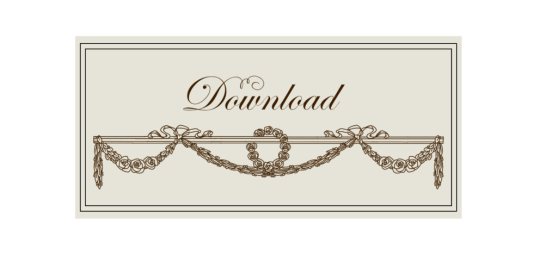
Drive
(Sims3pack | Package)
(Useful tags below)
@joojconverts @ts3history @ts3historicalccfinds @deniisu-sims @katsujiiccfinds @gifappels-stuff
-------------------------------------------------------
#the sims 3#ts3#s3cc#sims 3#sims 3 cc#sims 3 download#sims 3 decor#edwardian#rococo#baroque#renaissance#buckingham#buckingham palace#royal collection trust#wall decor
95 notes
·
View notes